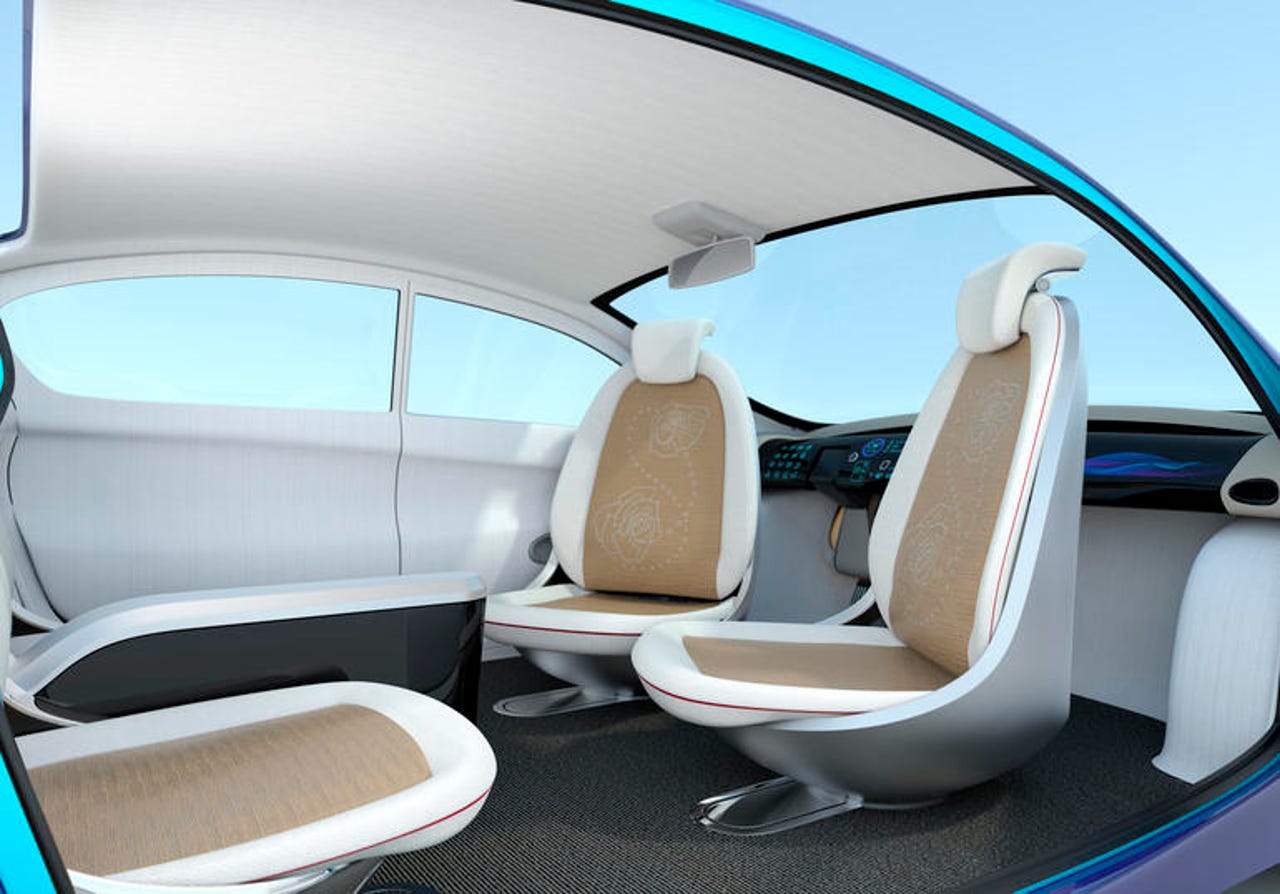Which technologies present the most risk in 2017?


A lot of exciting new technologies are emerging or maturing that will likely play an increasingly important role in our lives and help transform businesses and industries in the coming months and years. But many of these present potential risks from an information security and safety standpoint.
"Emerging technologies may have differing cyber security concerns than traditional IT systems, especially if they have components that impact the physical world, such as autonomous vehicles and smart medical devices," said Dan Klinedinst, senior vulnerability analyst in the CERT Division of the Software Engineering Institute at Carnegie Mellon University.
"Because of this we plan to examine a dozen technologies that we expect to show emerging impacts on everyday life in 2017 and into the future," Klinedinst said.
Here are the technologies that CERT, a group that researches a variety of issues with cyber security implications, will be keeping a close watch on this year:
Autonomous cars -There are now autonomous cars already driving passengers on the road, so the autonomy element is becoming more of a factor because life and personal safety are now part of the risk.
Commercial autonomous aerial vehicles - Most commercial drones are operated by pilots or fly on a predetermined path. But, increasingly, they will have to make decisions autonomously, which could lead to unexpected results such as crashes.
Autonomous Commercial Transportation - Other autonomous vehicles carry their own security risks and could present a threat to critical infrastructure components such as rail lines, shipping ports, or interstate commerce.
Smart robots - The use of robots in the workplace is on the rise, and industrial robots, personal medical assistants, and military robots are becoming more self-directed and could pose risks to human safety.
Robotic surgery - Specialized smart robots will be used to help perform surgical procedures, and as such, they hold the potential to directly harm patients.
Augmented reality - Augmented reality hit stride in 2016 with offerings such as Pokemon Go, Microsoft HoloLens, and other platforms. There is a potential for the technology to give users false information about the world around them.
Personal assistants - Also on the rise is the use of personal assistants, and there are concerns about privacy and data security with devices that relay audio information to service providers.
Machine learning/Big Data - Big data has been in the spotlight for several years, and there's growing momentum for machine-learning capabilities within organizations. There has not yet been much research about security in machine-learning applications, so the risks are still unknown.
Artificial intelligence - Machine learning that can make decisions and take actions via artificial intelligence might have unknown security implications in the physical world.
Building automation - Cyber security problems in HVAC systems, security systems, or fire alarms could cause safety risks or business disruption.
Software Defined Anything - Virtualized hardware might not have the same security controls as physical hardware such as servers.
Internet of Things (IoT) Mesh Networks - If IoT devices can form their own ad hoc networks, they could circumvent network-based security controls.
The White House thinks AI could lead to mass job displacement